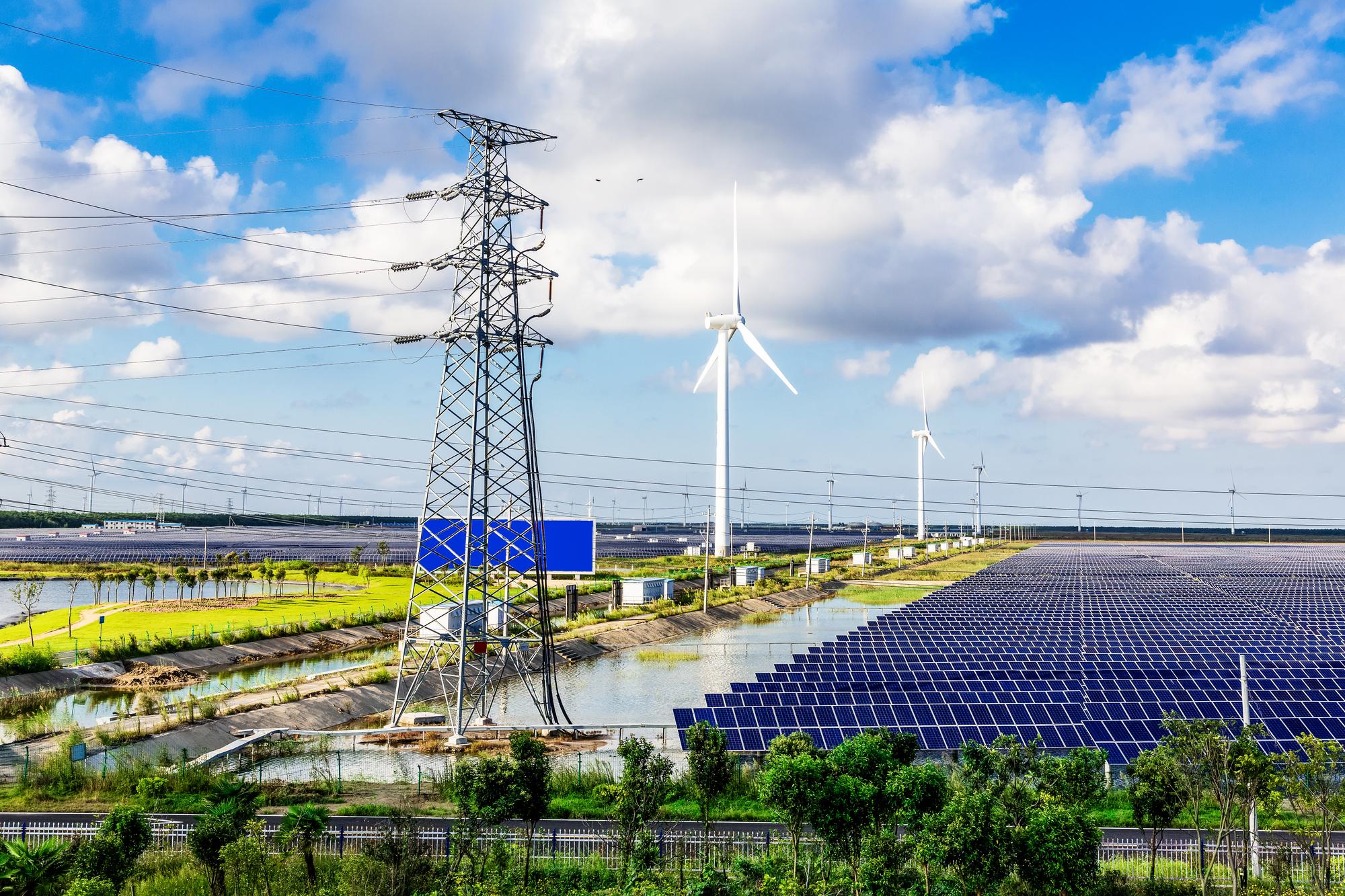Understanding your electricity bill is an essential part of managing your household expenditures. For many Australians, the costs associated with electricity consumption can be a significant portion of their monthly expenses. Yet, the complex nature of these bills, filled with specific terminologies and varying rates, can make it difficult to comprehend just where your money is going. Given this, our comprehensive guide on Australian electricity costs aims to decode your electricity bill and shed some light on the factors affecting these costs.
Understanding Your Electricity Bill in Australia
Your monthly or bi-monthly electricity bill arrives, and before you is what may seem like an unintelligible series of charges. Let’s break down the mystery. Most electricity bills contain two primary components: the ‘daily supply charge’ and ‘usage charges’.
The daily supply charge, also referred to as a service or fixed charge, is a cost you incur every day for being connected to the electrical grid. It is a set rate that remains consistent, regardless of how much electricity you use. This charge contributes to the maintenance and infrastructure costs associated with providing electricity to your home.
Next, there are usage charges. These costs depend directly on your electricity consumption and are calculated per kilowatt-hour (kWh). The more electricity you use, the higher these charges will be. Some bills may also break down your usage charges between ‘peak’, ‘shoulder’ and ‘off-peak’ times, each with different rates, which leads us to time-of-use pricing.
The Factors Affecting Electricity Costs in Australia
Several factors can impact the cost of electricity in Australia, one of which is geographic location. Australians living in different states and territories may notice differences in their electricity bills. Understanding your electricity bill can help you identify these factors and potentially find ways to manage your costs.
Here are some key factors affecting electricity costs in Australia:
- Geographic location: The distance from power plants, the density of population, and the costs associated with infrastructure in your state or territory can all influence your bill.
- Your type of contract: Time-of-use contracts charge different rates depending on the time of day, while single-rate contracts offer a fixed rate regardless of time. Understanding your contract type and peak usage times can help you optimise your energy consumption.
- Usage pattern: The amount of electricity you use and when you use it can significantly impact your bill. Tracking your usage and identifying peak periods can help you adjust your habits and potentially reduce costs.
- Government regulations: Regulatory frameworks in your state or territory can influence the overall cost of electricity and the available plans and options.
- Generation mix: The types of sources used to generate electricity in your region (e.g., coal, renewable energy) can affect the overall cost. Exploring options from providers with cleaner energy sources might align with your values and potentially offer cost benefits.
By understanding these factors and analysing your own electricity bill, you can make informed choices about your electricity usage and potentially reduce your costs. Remember, several resources and tools are available to help you understand your bill and identify opportunities for savings. Consult your electricity provider or relevant government agencies for guidance and support.
Making Sense of Peak and Off-Peak Pricing
Understanding peak and off-peak pricing is crucial in managing your electricity costs. These pricing periods are designed to reflect the demand placed on the electricity network.
Peak periods typically include times when electricity demand is highest — think weekday afternoons to evening when people return home from work. On the flip side, off-peak times are when the demand is significantly lower, like overnight or weekends. Your electricity retailer may also designate ‘shoulder’ periods, which are in-between peak and off-peak times and priced accordingly.
By shifting more of your power usage to off-peak times, you might be able to bring down your electricity bill, provided your contract includes time of use charges.
Ways to Lower Your Australian Electricity Bill
Fortunately, regardless of your geographic location or contract type, there are several methods to lower your electricity costs. Moreover, these are not just about compromising on personal comfort but utilising resources more efficiently.
Investing in energy-efficient appliances is one of the most effective ways to reduce electricity costs. While such devices might cost you a bit more upfront, their long-term savings can be significant. Top-rated refrigerators, washing machines, and even light bulbs consume considerably less power compared to older, less efficient models, which will lower your usage charges.
In addition, simple energy-saving habits can also contribute a lot in minimising your electricity bills. It’s essential to turn off the appliances when not in use or use energy-saving modes where possible. You should also optimise the use and settings of critical appliances, such as optimising your heater or air conditioner to use less power while still keeping your home comfortable.
Comparing Electricity Providers in Australia
Another effective strategy is to shop around for the electricity provider that best suits your needs and offers competitive rates. You might at times feel tied down to your current electricity company, but remember, it’s your right to look for better deals.
Start by looking at the rates offered and if they provide any discounts. Then, consider customer service, the ease of payment, green options, and other incentives they might offer. Besides, switching your electricity provider is generally a straightforward process and mostly handled by your new provider.
Australia has numerous reputable electricity providers, such as AGL, EnergyAustralia, Origin Energy, and many others. Compare their offerings and choose the one which aligns best with your energy consumption patterns and budget.
Conclusion
There’s no denying that understanding Australian electricity costs is a practical financial skill. By comprehending how your electricity bill works, the factors affecting its total, and ways to lower your costs through efficient habits and choosing the right provider, there is potential to reduce your electricity expenditure significantly. Although it might seem like a daunting task initially, the potential savings are worth the effort.
By gaining a deeper knowledge of Australian electricity costs and acting wisely based on that understanding, you could see a remarkable drop in your bills. Remember, every dollar saved on your electricity bills contributes to your overall financial health and stability.






